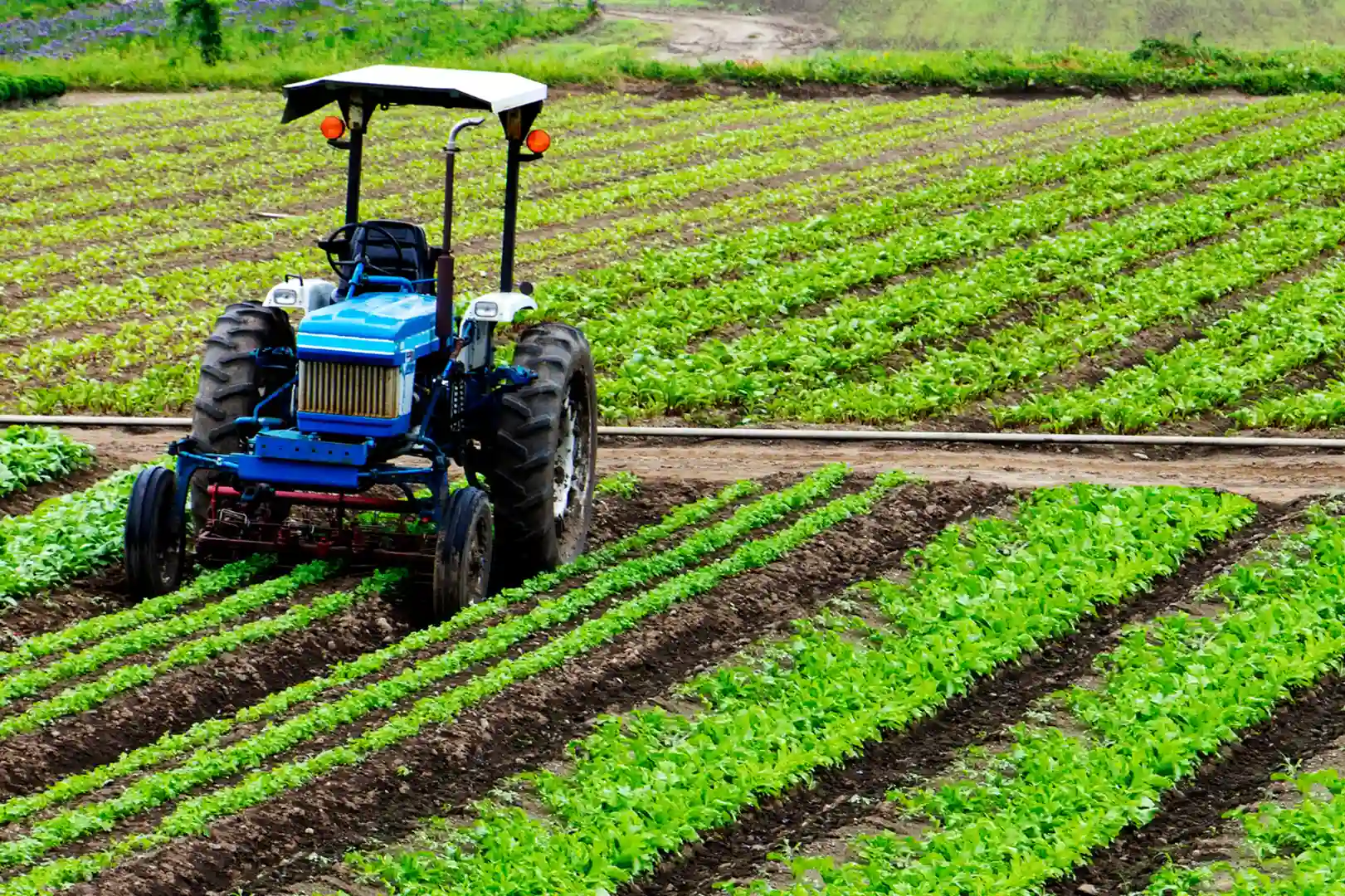In line with the Personal Data Protection Regulations, PT SALAM PACIFIC INDONESIA LINES (“Company”) requires your consent to collect and process your Personal Data.
I/We agree that My/Our Personal Data will be processed for the following purposes and matters:
1. Consent to Collect, Store, Use, and Destroy My/Our Personal Data.
The Company may collect, store, and use My/Our Personal Data lawfully in accordance with applicable laws and regulations. The Company will maintain confidentiality and destroy or anonymize the data from the Company's records and backup systems in accordance with the Company's retention policy, unless further storage is required to meet a longer retention period necessary to fulfill the Company's operational, legal, regulatory, tax, or accounting requirements.
2. Permission to Obtain My/Our Personal Data from Third Parties.
The Company may obtain My/Our Personal Data and other data from third parties to provide cargo transportation, delivery and loading administration, I/We agree to release all parties within the Company from their respective confidentiality obligations regarding My/Our Personal Data or other data that the Company must share and use for the purposes stated in this declaration.
3. Sharing My/Our Data Outside the Company.
The Company may share My/Our Personal Data and other data with Institutions, Regulators, Authorities, and/or Associations for purposes similar to those of the Company. I/We agree to release all parties within the Company from their respective confidentiality obligations regarding My/Our Personal Data or other data that the Company is required to share and use for the other purposes outlined below:
To provide Me/Us with information and contact Me/Us with surveys about news, events, activities and services organized by the Company;
To transfer the processing of My/Our Personal Data to a third party if necessary in connection with the business activities of the Company and/or its affiliates in accordance with the provisions of applicable laws and regulations regarding the protection of Personal Data;
To transfer My/Our Personal Data to various locations where such transfer is deemed necessary by the Company by ensuring that any cross-border transfer of My/Our Personal Data will comply with the provisions of applicable laws and regulations regarding the protection of Personal Data.
4. In Terms of including the right to obtain information regarding the clarity of identity, the basis of legal interests, the purpose of the request, the use of personal data, and the accountability of the party requesting personal data, the provision of personal data on Cargo Transportation Form must be appropriate, then:
All Information provided in this Form is true that I/We have written and made at My/Our will and approval, All risks arising including those caused by this Form being signed in an empty / unfilled / if the signatory of the cargo transportation form is different from the original cargo transportation is My/Our responsibility.
If in the future it is found that the information and / or statement and / or signing of the form and / or notification submitted in this Form turns out to be erroneous, or there are other documents that are legally valid and cancel the documents that have been given, then I/We understand that PT SALAM PACIFIC INDONESIA LINES can cancel the approval on the submission of this and release all existing Lawsuit.
If I/We change My/Our mind regarding My/Our preferences above, including withdrawing My/Our consent for any of the following purposes, I/We may notify the Company via e-mail salamps@spil.co.id
Please note that all processing that all processing of Personal Data will cease once the data subject withdraws their consent. However, this will not affect any Personal Data that has been processed prior to the withdrawal of consent.



